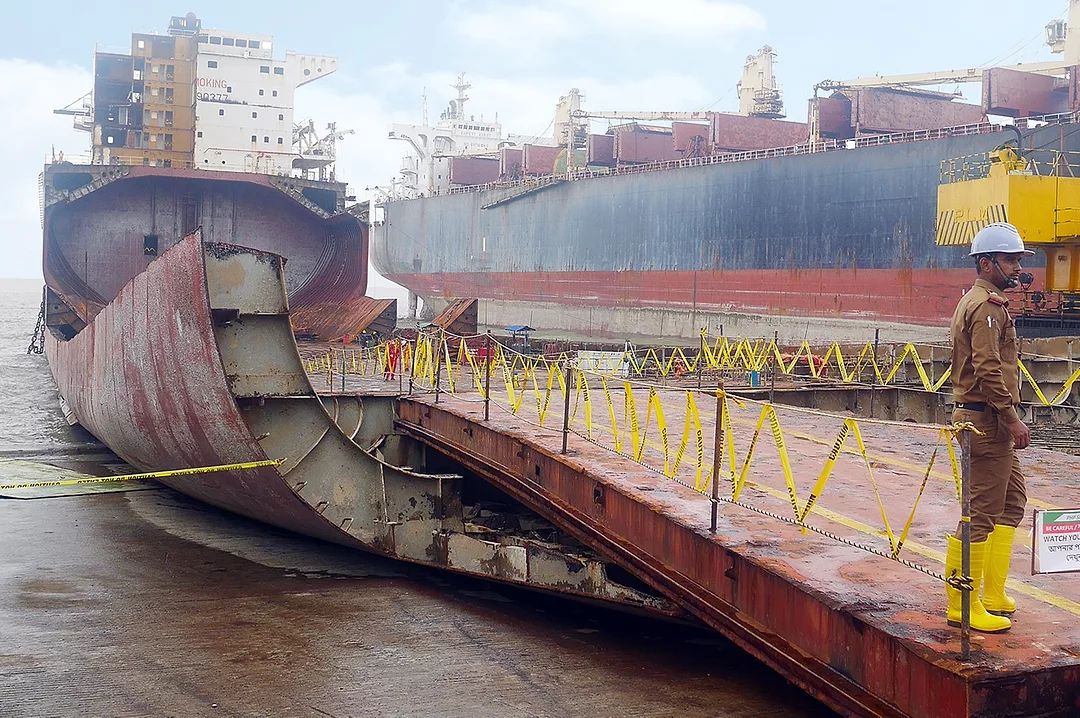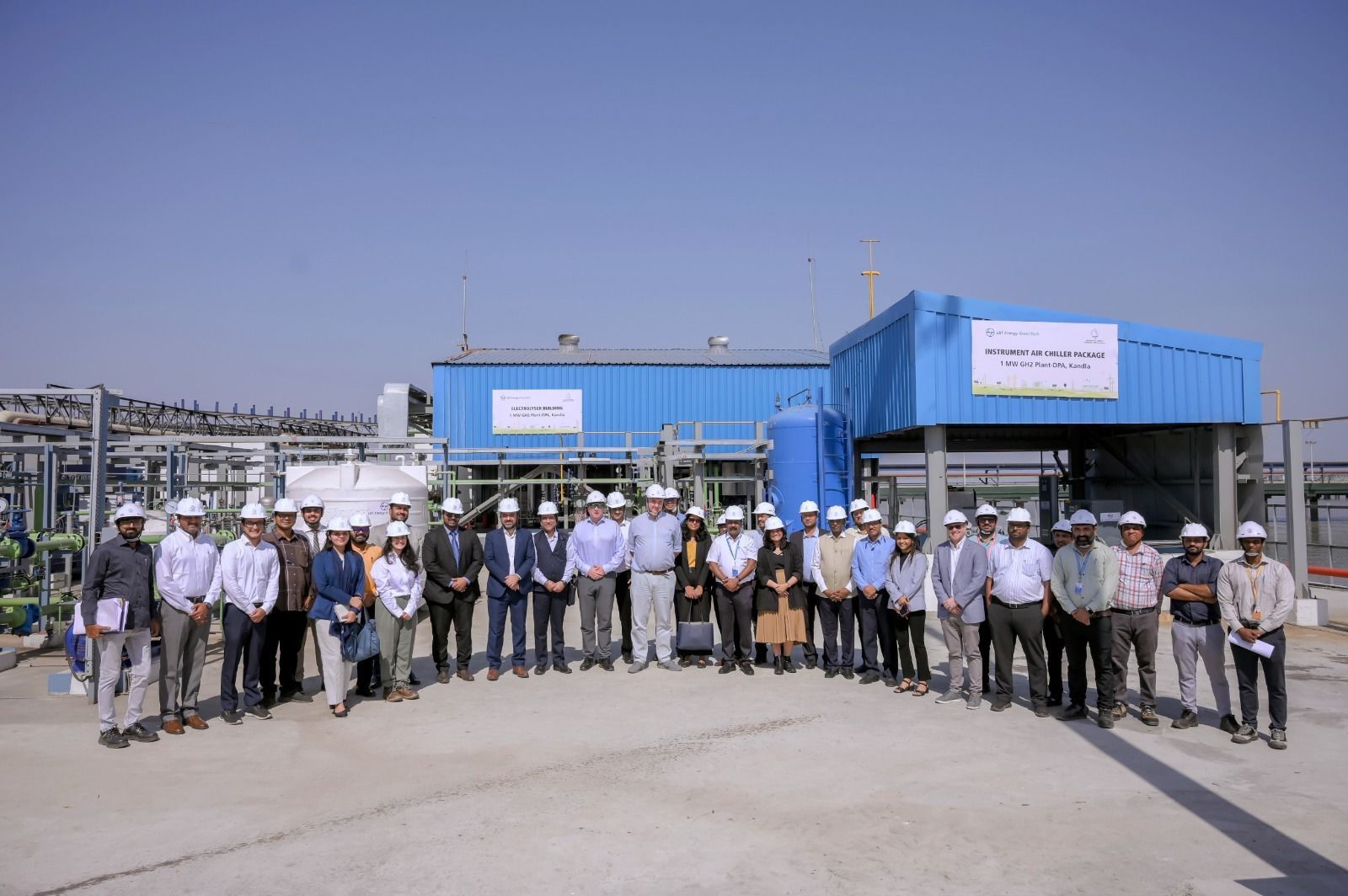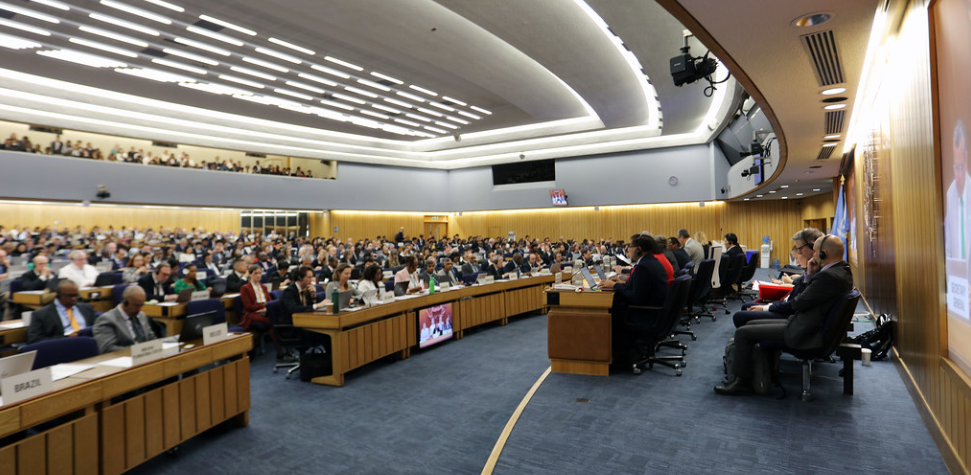India and Russia in Talks to Build Icebreaker Ships
A Strategic Maritime Collaboration Swan Energy-promoted Reliance Naval and Engineering Ltd (RNEL) and state-owned Cochin Shipyard Ltd are in advanced discussions with Russia to construct four non-nuclear icebreaker ships, a government-brokered deal valued at over ₹4,000 crore. This project, intended for Russia’s state-owned nuclear energy company ROSATOM, aligns with Russia’s Northern Sea Route (NSR) development strategy, multiple sources revealed.

The proposed collaboration underscores a growing partnership between India and Russia in the maritime domain. A top-level delegation from Swan’s Pipavav Shipyard in Gujarat, led by its CEO, Rear Admiral Vipin Kumar Saxena (IN Retd), recently visited Moscow to advance discussions.
According to a government official briefed on the visit, the three-day trip in early December was described as “very successful.” The official added, “Russia wants Pipavav Shipyard and Cochin Shipyard to finalize the order and commence construction as soon as possible.” The Role of Icebreaker Ships in Global Maritime Strategy Icebreaker ships are vital in navigating ice-covered waters, breaking through thick layers of ice to enable safer and more efficient maritime routes.
These vessels are indispensable for crisis response and disaster management in icy regions. For Russia, the icebreakers will play a crucial role in its ambitious plan to position the NSR as a viable alternative to the traditional Suez Canal shipping route. The NSR offers significantly reduced transit times between Northern Europe and East Asia, presenting both economic and strategic advantages.
A Strategic Push Amid Changing Global Dynamics Russia’s push to engage Indian shipyards for the construction of icebreakers coincides with the anticipated return of Donald Trump to the White House. “You can see Trump openly supporting Russia, and vice versa with Putin. The Russians are very optimistic about Trump’s presidency, expecting smoother collaborations,” the official remarked.
The deal, while focused on icebreakers, could pave the way for broader collaborations in shipbuilding. “Russia is enticing Indian yards by holding out the promise of future orders for larger vessels such as bulk carriers, tankers, and container ships,” the official said. “With India’s shipbuilding industry receiving significant government support, and with Prime Minister Narendra Modi and President Vladimir Putin fostering strong bilateral ties, this partnership holds immense potential.” Memorandum of Understanding and Technology Transfer The two sides are expected to finalize a memorandum of understanding (MoU) within the next two to three months.
The MoU will detail the project’s timeline, costs, required infrastructure, and technology transfer agreements. Given that India lacks the specialized steel required for icebreaker hulls, Russia plans to procure the material from China and ship it to India for the construction process. This arrangement highlights the intricate supply chain dependencies involved in the project. Pipavav Shipyard’s state-of-the-art facilities, including one of the world’s largest dry docks, give it a competitive edge.
Unlike shipyards in China, South Korea, and Japan, which are fully booked until at least 2028, Pipavav Shipyard currently has available slots, making it an attractive option for the project. Revival of Pipavav Shipyard Hazel Infra Ltd, a special purpose vehicle jointly owned by Swan Energy Ltd (74%) and Hazel Mercantile Ltd (26%), acquired the bankrupt Pipavav Shipyard under the Insolvency and Bankruptcy Code (IBC).
This acquisition has revitalized the shipyard, positioning it as a key player in India’s growing shipbuilding industry. Swan Energy and Cochin Shipyard have declined to comment on the ongoing discussions. Geopolitical and Economic Implications The icebreaker project is expected to provide Russia with a channel to utilize the funds accrued in India for crude oil supplies, circumventing restrictions on dollar-denominated transactions imposed on Moscow.
This arrangement is mutually beneficial, allowing India to deepen its engagement in Arctic maritime logistics while enabling Russia to advance its NSR ambitions. According to Russia’s Northern Sea Route Development Plan, the country aims to transport at least 150 million tonnes of crude oil, liquefied natural gas (LNG), coal, and other cargo annually via the NSR by 2030. The plan involves constructing over 50 ice-class vessels and icebreakers, alongside ports, terminals, and emergency response infrastructure.
Strengthening Energy Collaboration India and Russia are also exploring the systematic supply of Russian energy resources—including oil, coal, and LNG—from Russia’s northwestern ports through the NSR to Indian ports, with transshipment at Russian Far Eastern ports. This aligns with India’s energy security strategy and Russia’s objective of diversifying its energy export routes.
Challenges and Opportunities The project, while promising, is not without challenges. Building icebreakers requires advanced engineering capabilities and stringent quality standards. The reliance on imported steel from China adds a layer of complexity to the project’s logistics. However, the potential benefits—both economic and strategic—outweigh these hurdles. For India, the deal represents an opportunity to bolster its shipbuilding industry, create jobs, and enhance technological expertise.
For Russia, it is a step forward in realizing its Arctic ambitions while strengthening its partnership with India. Conclusion The proposed construction of four icebreaker ships by Indian shipyards marks a significant milestone in Indo-Russian relations. It exemplifies the deepening ties between the two nations and their shared commitment to advancing maritime infrastructure. As discussions progress, the successful execution of this project could set the stage for future collaborations, reinforcing India’s position as a rising shipbuilding hub and Russia’s aspirations as a global maritime leader.
Author: shipping inbox
shipping and maritime related web portal








